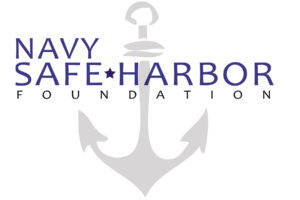
Sitrep
July 2023 Vol. 12
Welcome to summer and to the halfway point of 2023. We are excited to share what we have been doing and how our mission has impacted Sailors and their families. While our year started out a bit slow, in both donations and awarded grants, it has returned to a pre-COVID activity level for both.
We have provided over $25,000 in Family Support through 13 grants to Sailors located throughout the United States. We helped an enrollee who experienced medical difficulties while driving home from work resulting in her being transported to the hospital by an emergency vehicle. She was forced to leave her car on the side of the highway only to find it had been towed when a friend went to collect it. The tow company would not release her car without a notarized release form which was unavailable due to hospitalization. Weeks went by before the car was released, and fees piled up. NSHF was able to cover the towing and storage fees and help the Sailor retrieve her car. We were also able to assist after a house fire left a single Sailor and her children without a home. Temporary housing was obtained, and rent was provided while the insurance company made the necessary repairs that allowed the family to return to their home. Unexpected costs such as these create stress and anxiety, reducing the ability of the Sailor to participate in their treatment plan fully. Assistance allowed these Sailors to focus on their treatment plan and work toward recovery.
This year the Foundation has supported 21 athletes through three camps, trials, and the Warrior Games Challenge. Camps and trials help the athletes perfect their skills in 11 different sports adapted for special needs. Each athlete is a veteran who has been medically retired and participates in the program as a part of their treatment plan. The Foundation has provided more than $35,000 for travel, lodging, and food this year to support these Veterans representing Team Navy.
These are just a few of the examples of how NSHF has stepped up to help our Navy and Coast Guard Sailors in times of need. We could not do that without your dedication to our mission. We are ready to see what the rest of this year has in store and we stand ready to help.
Thoughts from our board
Jerry Hieb
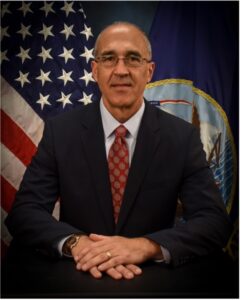
The partnership between Navy Safe Harbor Foundation and Commander Navy Installations Command (CNIC) is one of the primary pillars of support for the Navy’s and Coast Guards wounded, ill and injured. I have been fortunate to be associated with both the Foundation and CNIC. Prior to joining the Foundation Board it was my honor to have spent my entire 35 year civilian career with CNIC and its predecessor commands. My first experience with a wounded warrior was in Great Lakes, IL and it’s a memory I’ll never forget. A young lieutenant was the Recovery Care Coordinator serving the Great Lakes area and he came to me with a case of a Sailor who had one last wish and that was to see the ocean one more time.
This was not a request the Navy could support. The lieutenant asked if I would support whatever was necessary to deliver on the Sailor’s wish. As the lieutenant worked tirelessly, it was through the support of organizations like Navy Safe Harbor Foundation that the Sailor did get to see the ocean one last time. Fast forward many years later I was able to have a look behind the curtain, so to speak, working for CNIC. In my position I was able to see how a request of support for a wounded, ill or injured Sailor or Coast Guardsman is processed. This process is what sets the Navy Safe Harbor Foundation apart from the many other non-government organizations that support our nation’s wounded, ill and injured service members. First and foremost the relationship between the Navy and the Foundation is somewhat unique among the services. The two organizations work hand-in-hand to ensure Sailor’s and Coast Guardsmen’s needs are met. This cooperation allows a significant percentage of Foundation funds to directly support individual needs rather than administrative expenses. The Navy’s Wounded Warrior Headquarters’ staff is responsible for vetting all requests to ensure they are valid and directly related to the service member’s recovery plan.
The Foundation’s support of wounded, ill and injured service members in various adaptive sports competitions is extremely important to the their recovery and receives much attention. In many ways it is the funded requests that do not get talked or written about that can have a significant impact on the member’s quality of life. For example, the Foundation funds relatively inexpensive devices that are medically recommended yet are not covered by insurance. These are the requests that quietly accomplish the missions of both the Foundation and the CNIC Wounded Warrior program.
Recognizing that the recovery journey isn’t just the Sailor’s or Coast Guardsman’s, the Foundation’s support of the caregiver cannot be overlooked. Over the past few years the Foundation has led the charge with CNIC’s support to ensure the caregiver is not forgotten. Through various ways the Foundation has assisted caregivers with tips, networking and small gatherings. This has helped them perform one of the most difficult jobs there is and a role no one anticipates or has been trained to do.
While the needs and requests will continue, due to the Foundation and CNIC partnership our nations wounded, ill and injured Sailor’s, Coast Guardsmen and their caregivers are in good hands!
Finding Courage
Heidi Weller
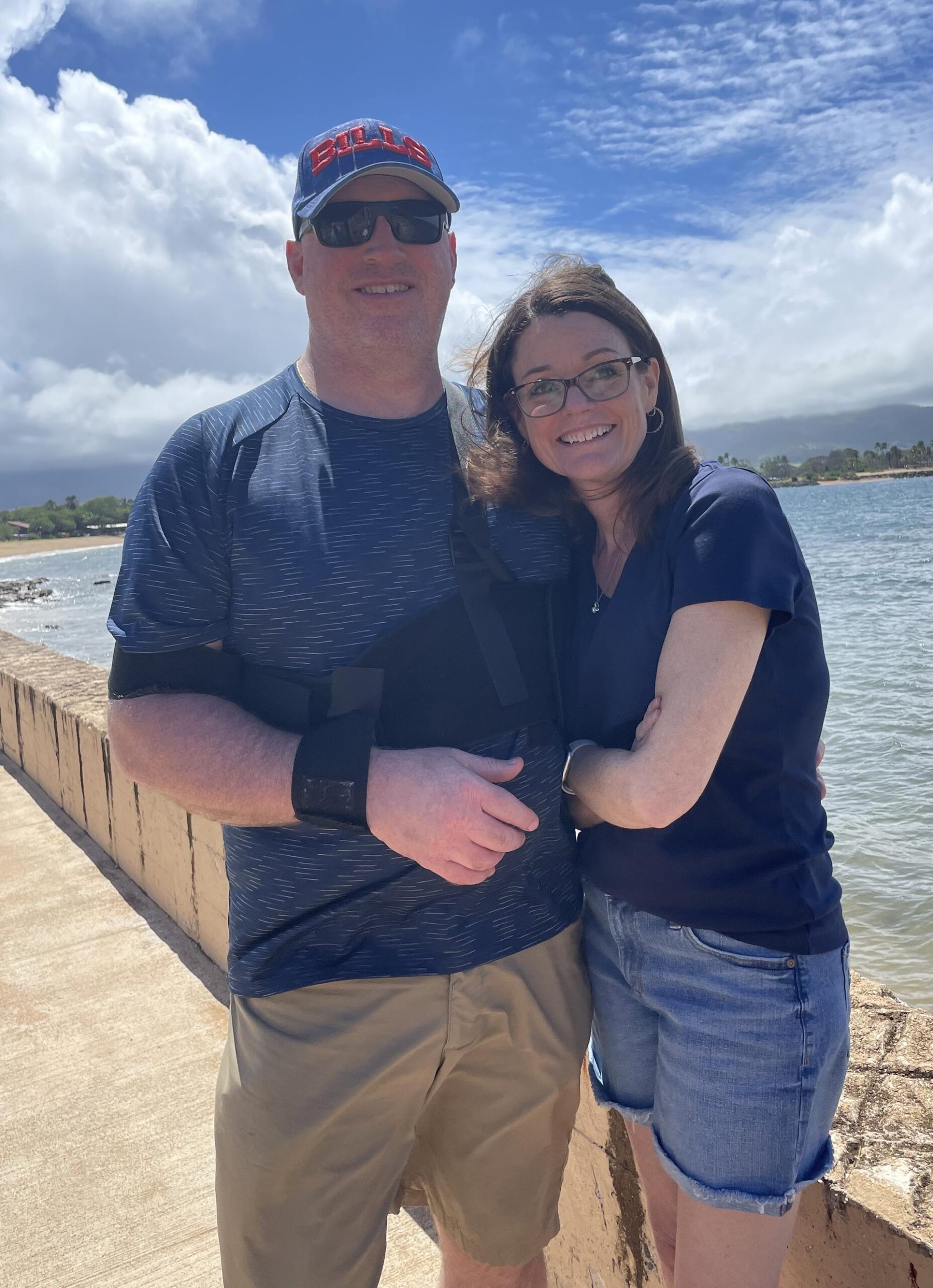
It all started with a call at 11:30 PM. Awakened from a dead sleep, Palmer & Stacey Smith felt their whole world change in that instant. Their 19-year-old daughter, AZ3 Elizabeth “Ellie” Smith, USN (Ret.), had just been diagnosed with a lesion on her brain stem that would require brain surgery. The physical distance between them and their daughter only compounded the fear and uncertainty they were experiencing. Ellie joined the Navy shortly after graduating from high school. Stationed in Bremerton, WA, on the USS Nimitz, Ellie was getting ready to deploy when she went to medical for what she thought was an ear infection. After several visits to medical without resolution and experiencing escalating symptoms, she asked a friend to take her to the ER for what she thought would be her last attempt to get help prior to deployment. That visit resulted in an MRI of her head and the shocking diagnosis of Medulloblastoma, a type of brain cancer. Surgery, radiation, and chemotherapy followed. In and out of the hospital and left with life-altering side effects, Ellie relied more and more on her parents. Palmer and Stacey were with Ellie for each step of her treatment and recovery.
At first, they felt alone and unfamiliar with the medical environment and the Navy system, but they were “taken by the hand” when Jessica, Ellie’s Navy Wounded Warrior Non-Medical Case Manager, reached out with resources and help. Janice and her team got Ellie enrolled in the Navy Wounded Warrior Program (NWWP) and immediately stepped in with options for Ellie and her parents to consider when planning their next steps. Stacey shared that Janice and her team provided hand-holding support at every turn and called her daily during Ellie’s surgery and immediate recovery phase. Their help enabled the Smith family to manage the process and navigate the system while providing Ellie with the care and support she needed.
Always active, Ellie was a competitive swimmer in high school and Captain of her swim and softball teams. She maintained that active lifestyle in the Navy, but after her surgery and post-op treatments, she experienced hearing loss and stability deficits leading her to lose faith in her abilities. This loss of faith contributed to feelings of despondency and discouragement. Thankfully, through NWWP Ellie was introduced to the Adaptive Athletic program. Initially, Ellie thought her athletic days were over and declined the invitation to try out for Team Navy. With repeated “arm twisting” and encouragement from Lexi Lynch, Navy Wounded Warrior Adaptive Athletic Representative, Ellie finally gave in and agreed to attend a training camp. Once back in the pool, Ellie regained her sense of self and purpose.
Side effects of Ellie’s radiation and chemotherapy left her with epilepsy and unable to travel or attend the events alone. Her mother stepped in and filled the caregiver role that Ellie required. Over the next two years, Ellie became an integral part of Team Navy, filling the role of co-Captain of the wheelchair rugby team and helping the team earn a silver medal in 2022.
Stacey credits the Adaptive Athletics program with getting Ellie off their couch and saving her life. She says, “All of a sudden, she was Ellie again.” Stacey is thankful for the working relationship between the Navy Wounded Warrior program and Navy Safe Harbor Foundation and the financial support that allowed them to participate and regain their daughter.
Today, the Smiths want others in similar situations to know resources are available and support systems ready to help. From their own experience, they know that it can be hard to ask for help, but the process requires every door to be opened, and with help, success is possible.
Watch more of Ellie’s story here.
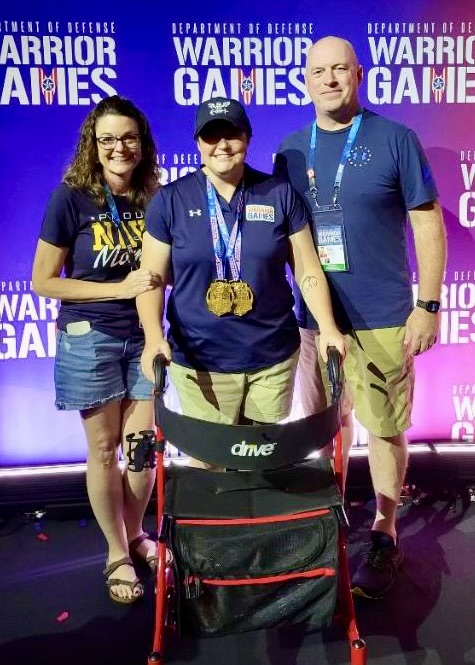
Wellness Skills
Eileen Kurtz, BS Exercise Science, Svastha Yoga Therapy Teacher, Mentor, Student
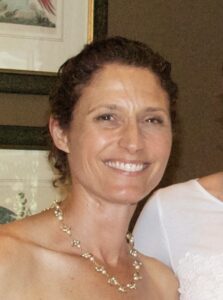
These two simple words explained years of personal yoga study. In fact, during 30 years of practice, it is my most crucial wellness takeaway. I want to pass this simple and helpful message along to demystify yoga and, more importantly, give you a few skills for greater well-being. Svastha Yoga Therapy lists at least ten domains for lifelong well-being. Take your time! Be kind to yourself; not one of the ten, but that is yoga: a holistic practice that leads you towards well-being, or in a nutshell: self-care. Let’s choose four domains to examine (I combined them, but you could examine them separately); maybe you lack or need improvement on all, or two, or perhaps just one, no judgment. Here they are, briefly explaining a starting point for examination and practice.
Awareness & Breath – First, ask yourself: “How is my awareness; am I paying attention to what I am doing, or am I on autopilot? Pick a moment during your day to fully live only in that moment. No looking forward, no looking back. Nature is great for this practice. Examine trees, flowers, and the sky; listen to birds. Watch how you feel being aware of nature. What is the state of myself- my mind, body, senses? Through practicing awareness, we develop the capacity to check on ourselves. Second: simply watch your breath. “Watch” in this context means observe using all the senses. Watch your breath when you move; move your body in an open position with the inhale and settle into your support with your exhale. Watch how you feel when you practice different breathing techniques: practice making your breath steady and relaxed; feel your breath in your nose, ribs, abdomen, and back; lengthen the exhale then inhale; consciously pause after exhale then inhale; there is so much to explore with just your breath. Practice what helps you feel calm and steady, and then appreciate its effect on other aspects of your life. Slow, steady breathing is foundational for well-being; we know from modern science that breath is plugged into every system in our body. You can apply “watch out” to all of the domains; starting with the breath is often very beneficial because it affects so many systems.
Feelings & Movement – First, ask yourself: “How do I feel when I move my body; can I move in a way that feels better now?” How you hold and use your body affects your feelings. Watch how you feel when you slump over and try to walk, saying to yourself, “I feel so strong and powerful and full of energy.” There’s a mismatch between body and mind. One of the most important things you can do for lifelong wellness is to move well, often, and with awareness. Second: watch how you feel when you pump and rotate your foot – does your ankle and lower leg feel less stiff? How does moving your arms, rolling your shoulders back, standing tall, and dropping your chin feel? Watch how these small movements throughout the day make you feel in your body and mind. You will feel better. If your body feels better and your mind lighter and calmer, you will want to do it more often. The simple skill of watching how you feel when you move is sustainable. Move more; it doesn’t have to be an hour-long workout; it can be a few minutes throughout the day, every day. It adds up. Building strength is essential for lifelong well-being—progress to lifting heavier objects.
Yoga helps us reconnect to our mind and body, sense our feelings, and bring awareness to how nature would ask us to be: in balance.
To learn more skills for well-being and explore the other domains, visit: www.svastha.net or @SvasthaYogaAyurveda on Youtube for free tutorials. Please feel free to contact me for help with your practice: [email protected].

Register Here: https://birdease.com/22263
Events Calendar
Our Contact Information
- 571-970-6369
- safeharborfoundation.org
- 2961-A Hunter Mill Rd., Suite 644 Oakton, VA 22124-1704
Leave a Reply